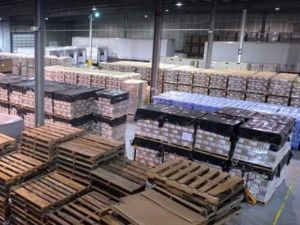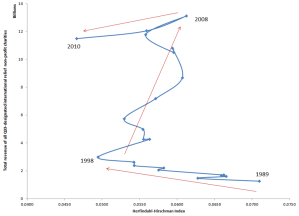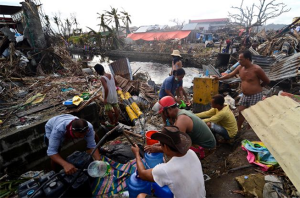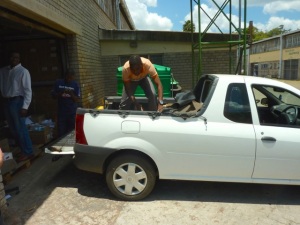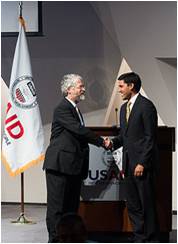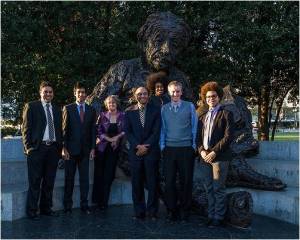By Jarrod Goentzel
Fear of an Ebola outbreak in the United States has spurred two key proposals for preventing the spread of this deadly disease: travel bans from West Africa and stockpiling Personal Protective Equipment (PPE).
These measures have merit, but they could also severely disrupt the supply chains that deliver the workers and supplies that are critical to fighting the Ebola virus.
Travel Bans
Many public officials are calling for travel bans from countries most affected by the disease: Guinea, Sierra Leone and Liberia. Some countries and individual airlines have already implemented such measures.
Flight restrictions are fairly easy to implement, but have broad implications. Mid-August cancellations implemented in Senegal provide a good illustration. Brussels Air – one of two airlines continuing flights into Liberia – had to suddenly halt flights because it was using the airport in Dakar, Senegal, as a stopover en route to Monrovia. Brussels Air was able to rework its timetable and resume flights after several days. This temporary outage not only delayed arrival for aid workers booked on these flights but also critical cargo of medical supplies, including supplies sent by our lab.
Advocates of bans argue that special charters can replace commercial air for humanitarian purposes. But the decision in Senegal also halted service provided by the U.H. Humanitarian Air Service (UNHAS) on August 22 until a special facility could be built; flights resumed again on September 25, over one month later. To stay ahead of an outbreak, alternate transportation capacity for aid workers and supplies must be fully in place prior to implementation of any travel bans.
Establishing new air transportation networks takes time and significant funding. As of October 5, the UN had transported a total of 655 passengers with its air service and had recently added a 737 between Ghana and Liberia twice a week. Privately funded air bridges, such as Airlink for cargo from the U.S., are providing additional capacity. Finally, it takes time for humanitarian organizations to piece together a supply chain spanning new networks of donated services.
The public health debate regarding the effectiveness of travel bans will no doubt continue. In making decisions, politicians must also consider the supply chain impact of eliminating commercial air capacity that has been shaped by market forces and made reliable by years of execution.
PPE Stockpiling
Recent Ebola cases in the U.S. have heighted awareness of the Personal Protective Equipment (PPE) that is critical for health workers. Fueled by health sector preparedness as well as rising personal panic (sales on Amazon are soaring), manufacturing capacity for PPE may be become constrained. Already, the State of Ohio is buffering its stockpile, and some distributors are citing supply concerns.
Capacity constraints or bottlenecks combined with volatile demand, such as that faced during an outbreak, escalate the importance of coordinated planning and prioritization. Fortunately, two international organizations took the early lead in matching PPE supply and demand. Médecins Sans Frontières (MSF) has led Ebola treatment on the ground in West Africa from the beginning, determining the standards for care and health worker safety and quantifying needs. In early September, UNICEF raised the issue of manufacturing capacity for PPE and began coordinating with key suppliers. Together with the WHO, MSF and UNICEF have sent clear requirements to manufacturers, which have responded. DuPont added shifts and has more than tripled production since March.
However, a few more high-profile cases could rapidly escalate stockpiling efforts in the public and private sector and across geographies. With manufacturing already running at peak capacity, supplies may begin to fall short. Similar situations have been considered before, such as with H5N1 in 2005, where coordinated planning is critical in allocating limited inventories.
Supply chain research indicates that risk pooling – where vital global inventories are co-managed as a common resource – is critical in maximizing the impact of a scarce commodity. As an alternative to stockpiling locally, decision makers in the public and private sector should consider a pooled procurement process, led by the WHO consulting with health departments in affected countries (which includes CDC as the U.S. is affected), that allocates stocks to health workers most at risk.
Adapting public health strategies during an outbreak is critical in preventing the spread of deadly disease. However, hastily considered strategies to control movement and hoard supplies could dramatically impact the availability of our most critical resources – health workers and protective equipment – to fight the disease at its core.
